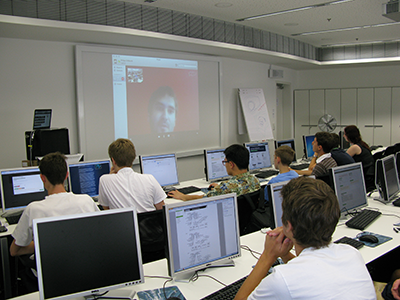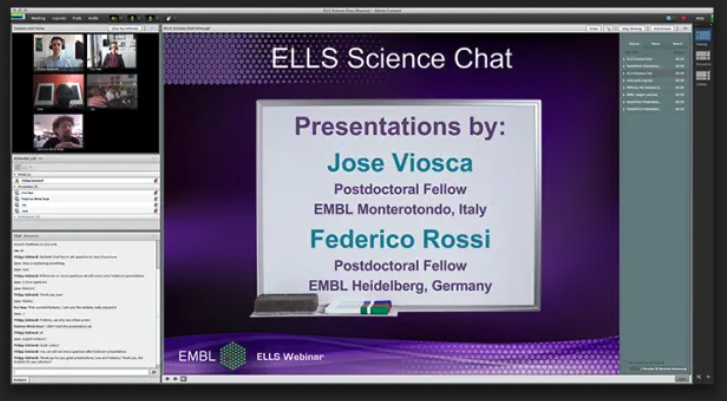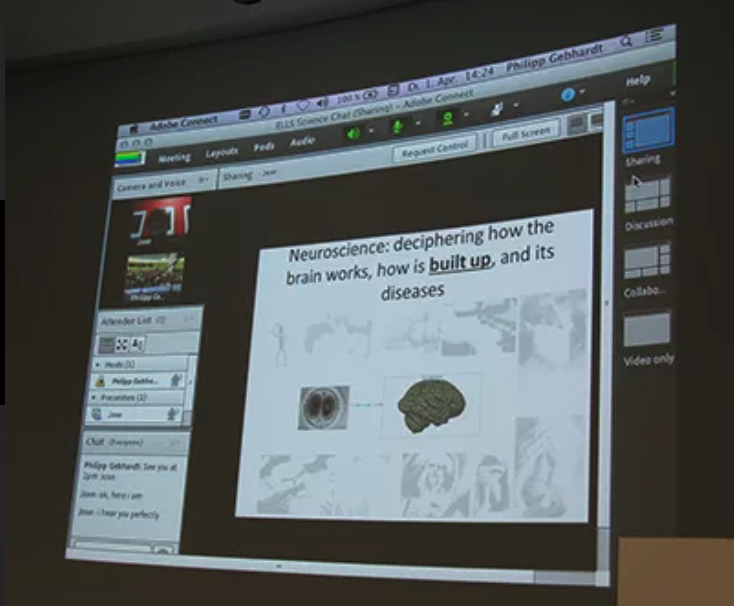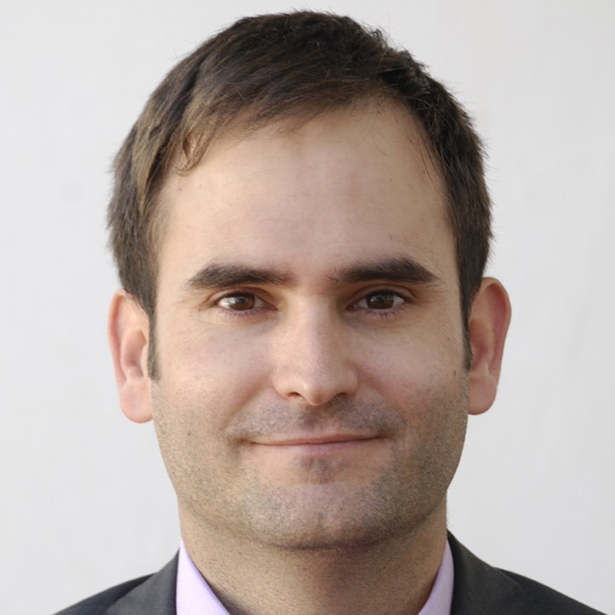EMBL School Ambassador Jose Viosca
Country: Spain
Profile
I was born in Valencia, Spain, in 1982, but early on moved 700 km to the south to a town called El Puerto de Santa María, Cádiz, where I grow up. Later, I returned to Valencia to study for a degree in Biochemistry. In those years, my eye was caught by a discipline called neuroscience, the study of how the brain develops and functions. One day in the university library, I found myself absorbed reading a classic text book written by the 2000 Nobel Prize Eric Kandel, diving in the pages of a chapter that described how changes in molecular activities explained changes in behavior such as those happening when we learn and remember. After finishing my degree, I moved 200 km to the south to a city called Alicante where I did my PhD, investigating a specific molecular pathway of transcriptional regulation underlying learning and memory in mice and intellectual disability in humans. Afterwards, I moved to Rome, Italy, and joined the European Molecular Biology Laboratory as a postdoctoral fellow. My research now focuses on studying the cellular circuitry in the brain that encode the internal states which drive innate motivated behaviors such as fear and aggression.
I enjoy collaborating and helping others, and I strongly believe a robust scientific culture can help us understand our problems and manage to find solutions. To cultivate such aspects, in parallel to my scientific training, I have studied for a postgraduate degree in science communication and earlier obtained a postgraduate certificate in education. Combining research, teaching, and science culture, I aim to reach a balance between my narrow research expertise and wider societal aspects.
Diary 1
July 2013, ELLS Science Chat, International Science Summer School Heidelberg, Germany/Italy
This has been my first experience as a EMBL School Ambassador for ELLS, and it’s been great. From my workplace in Monterotondo, Italy, I connected through Skype to around 20 students from the International Summer Science School Heidelberg – an activity co-organized by ELLS that brings high school students from several cities around the world to EMBL.
I started the Science Chat by discussing the research carried out at the Mouse Biology Unit at the EMBL outstation in Monterotondo, Italy. I explained that the aim here is to develop new and more refined tools to study biological processes and diseases affecting humans using the mouse as model system. I then went on to discuss the variety of topics the research groups in Monterotondo work on, ranging from the nervous system to cancer and hematopoiesis.
In the questions session, the students posed one of the most difficult questions I myself have ever addressed as a researcher: the question on how useful the mouse model is to study human phenomena? Intriguingly, my answer helped me to clarify my own thoughts on the most fundamental assumptions of my work: “Obviously, mice are not identical to humans”, I said, “but they have things in common. To what extent the commonalities or differences are important to be taken into consideration depends on the particular biological process that is studied. For many biological processes, however, we still don’t have enough information and researchers still have to investigate in greater detail in order to be able to answer these questions.” Throughout the interaction with the students, my intention was to convey an image of science as work in progress in which the students as potential future scientists can partake.

Diary 2
March 2014, ELL Science Chat, School ‘Vincenza Altamura’, Rome, Italy/Germany
This has been my second experience as an EMBL School Ambassador for ELLS, and again, it’s been amazing. Thanks to the ELLS Science Chat web platform, researchers from EMBL Monterotondo and Heidelberg could engage in an interactive multi-location video-conference with 15 students from the school ‘Vincenza Altamura’ in Rome, Italy – an experience which enabled us as School Ambassadors to establish a dialogue about our particular research and science in general.
Everything started a few weeks ago when I discovered that Jesus, a good friend of mine, works as a teacher in Rome. He showed a great interest in learning about the laboratory work I am involved in and bringing his students in contact with a research center. The interest was reciprocal and, after consulting with ELLS, we decided to organize a Science Chat via video-conference. ELLS recruited a second researcher, Federico Rossi, who works as a postdoc at EMBL Heidelberg, to join the Science Chat as EMBL School Ambassador. The idea was that each of us would present a short talk about ourselves and our work, connecting in real time with the ‘Vincenza Altamura’ school’s IT room, which was equipped with a computer projecting our presentations to a screen, loudspeakers to enable student to listen to our presentations, and a microphone to allow students to ask questions.
Federico’s talk provided a wonderful journey on microglia’s function in the brain and how they are studied in zebrafish. I presented a general overview of neuroscience and then discussed how I study the neuronal circuits encoding the emotion of fear in mice. Throughout my presentation, I illustrated the nature of the research process, highlighting the central scientific questions and the ultimate goal: understanding brain function to be able to identify what is not working correctly in diseases and in this way combating them in future.
However, without any doubt, the best of the whole experience were the questions the students asked at the end. It was amazing to see how many of the questions researchers wonder about are being asked by students at such an early age. For instance, they asked questions on the potential differences of the brains of girls and boys, on the relative contribution of genes versus environment in shaping personality, and whether politicians provide enough support for research – all questions with an obvious social meaning.
Considering the feedback that Jesus, the school’s teacher that organized the school side of this activity, has given, the experience has been very stimulating for the students. And on my side, this feeling is certainly reciprocal.

Diary 3
April 2014, ELLS Science Chat, Heart Expedition visit to EMBL Heidelberg, Germany/Italy
This has been my third experience as EMBL School Ambassador for ELLS, and as usual, it was no less interesting than the previous two. This time, the audience was constituted of high school students and teachers who were on the Heart Expedition and stopped by at EMBL Heidelberg. Again using the ELLS web video-conference platform, the Science Chat consisted of a presentation by myself, followed by a round of questions by the audience – 100 students and teachers from several countries across Europe!
My presentation aimed to give an introduction to the field of neuroscience in general and the study of the neural circuits of behavior in particular. The question session was quite extensive and variable in topic; students asked questions at all levels, ranging from more personal ones about how a typical day in the lab looks like, to more technical queries about how neuronal activity is measured in humans and mice. Some students asked conceptually really difficult questions which even the latest neuroscience research can hardly answer. This made me realize how basic rational thinking, curiosity and creativity, all skills so important for doing research, are already present at an early age and it’s only a matter of stimulating them. If I have only minimally contributed to such a process by engaging with the Heart Expedition participants, I would feel tremendously rewarded.


